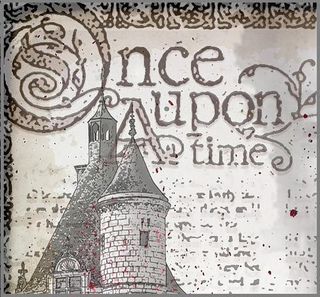By: Dr. Ken Broda Bahm –

It is now a truism that effective opening statements tell a story. Now that it is, once again, Blagojevic trial season in Chicago, prosecutors are telling a story of a desperate politician’s attempt to wring personal fortune out of political opportunity, as the defense waits to tell a competing story of an overzealous prosecutor’s efforts to paint simple ineptitude as high crimes. For litigators, it remains true that the narrative structure is, to borrow and clean up a phrase, “freakin’ golden,” but at the same time, the advice needs to go beyond, “tell a story.”
It can seem like simple advice. After all, we know stories in our daily lives, and we know that they all have a setting, characters, conflict, sequence, and a lesson at the end. But the simplicity of the advice to frame your case as a narrative can be deceptive. There are a number of critical strategic choices that go into the development of a story to guide your opening and your trial order.
The first strategic choice, to use a story structure over a non-story structure (that is, topical or claim-based sequence) in opening statement, is pretty clearly justified. In a study in 2003, Dr. Debora Worthington and Dr. Shelley Spiecker, (Spiecker & Worthington, 2003), looked at the question experimentally, and found that those using opening statements following a narrative structure were more effective than those following a strict legal expository structure.
But once you’ve wisely decided to tell a story, the choices continue: Who is the main character? What is the dramatic conflict? Where does the story begin and end? Does your story’s “clock” keep constant time, or does it speed up through certain parts and linger over others? What is the ultimate moral of the story?
To help explain what I mean by these choices, let me share one short story about a bunch of short stories. Awhile back, we were working with a large legal team on a long and very complicated trial. As our attorney stepped up to deliver an opening, he was facing a case with over a million documents (literally), hundreds on the may-call, and an upcoming three months of testimony. The openings themselves would end up taking a full day and a half. So months earlier, we were wracking our brains over how to boil it down in order to provide an understandable introduction to the jury. Then, we had a brilliant idea. We asked every member of the team to summarize the case, with the rules that the summary had to be no more than a page, and had to be told in story fashion. The stories we ended up with were surprising in two respects. One, everyone complied – more than a dozen members of the team dutifully wrote their stories in the midst of frantic trial preparation. And two, while all of these stories covered the same basic events, they differed dramatically in how they did so. Some placed our clients at the center of the action, while others focused most on our adversaries. Some began with the initial events that led to the lawsuit, and others began years earlier. Some even began near the end of the story, before moving back to fill in earlier events (like my story just did). As a team, we held a blind review of the stories and used the best among them to inform the opening statement that was ultimately, and successfully, told in trial.
An exercise like that can be very effective in opening up some creative and effective choices. The most important message is that once you get to opening statement, and once you decide to set aside the argumentative structure you’ve been using in your briefing in favor of a narrative structure instead, you are not just substituting one structural box for another. Instead, a story is an opportunity to pull you and your decision makers out of the box.
Of course, there are limits to how tricky you can be with stories, and the movie Momento, probably isn’t a good story model for litigators. As you aspire to persuade, you can’t lose sight of the more fundamental need to explain the case. But a clear and simple story can still exhibit a tremendous degree of creative and strategic variety, and that makes it worthwhile for litigators to spend some time in early case preparation asking themselves some of the more complicated questions that guide the simple story.
______
Related Posts:
- Stop Searching for the Perfect Analogy (but Don’t Surrender a Communication Lifesaver)
- For Opening Statement (or Any Other Presentation), Keep Your Speaking Notes Off the Screen
- In Employment Cases (and All Cases), Keeping it Simple is Smart
______
 Spiecker SC, & Worthington DL (2003). The influence of opening statement/closing argument organizational strategy on juror verdict and damage awards. Law and human behavior, 27(4), 437-56 PMID: 12916230
Spiecker SC, & Worthington DL (2003). The influence of opening statement/closing argument organizational strategy on juror verdict and damage awards. Law and human behavior, 27(4), 437-56 PMID: 12916230
Photo Credit (yes, it is a photo): Jinterwas, Flickr Creative Commons